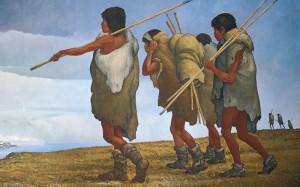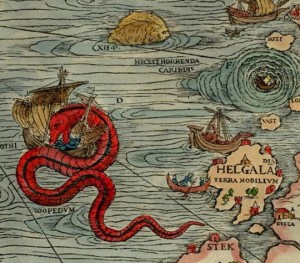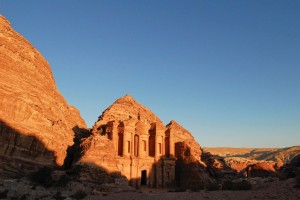The Clovis People: “the final shovelful of dirt” on who they were
DNA analysis reveals the truth about the origin of the Clovis people…
Incontrovertible Evidence Proves the First Americans Came From Asia
At last, archeologists have resolved the debate over the first Americans (hint: they walked). Then they screwed up a perfectly good answer to an ancient puzzle.
“We finally have a definitive answer to the timeless mystery of where the First Americans came from: They walked across the Bering Straits from Asia (and not from southwest Europe paddling kayaks across the frigid Atlantic sea).
The first people to successfully colonize North America are called “Clovis,” and they made their appearance in the lower United States just prior to 13,000 years ago.
The only known Clovis burial is in Montana, about 40 miles north of my house on the Yellowstone River (also known as the Anzick site). Here prehistoric people buried a one and a half year old boy with about 115 stone and bone funeral offerings, all covered with sacred red ocher. The burial objects, discovered by construction workers in 1968, constitute the largest and most spectacular assemblage of Clovis artifacts ever found.
A recent analysis of the child’s DNA published in the February issue of Nature reveals a genome sequence showing the Montana Clovis people are direct ancestors to some 80 percent of all Native North and South Americans living today. The child’s ancestors came over in a single migration from Northeastern Asia. This data is a very big deal.
Archeologists call this report “the final shovelful of dirt” on the European hypothesis. And, yes, previous to the release of this information, a popular alternative theory argued that the sophisticated Clovis stone-flaking technology came from Southwestern Europe, from Solutrean people living in Spain and France who paddled across the ocean 18,000 years ago…
For the complete article click here for The Daily Beast.
Share


